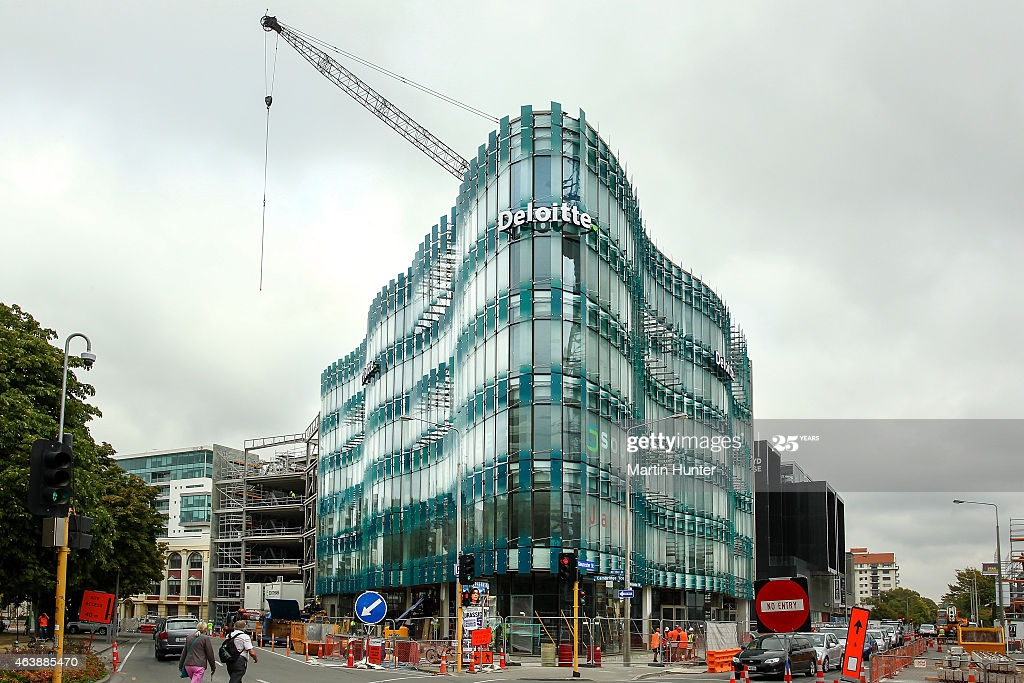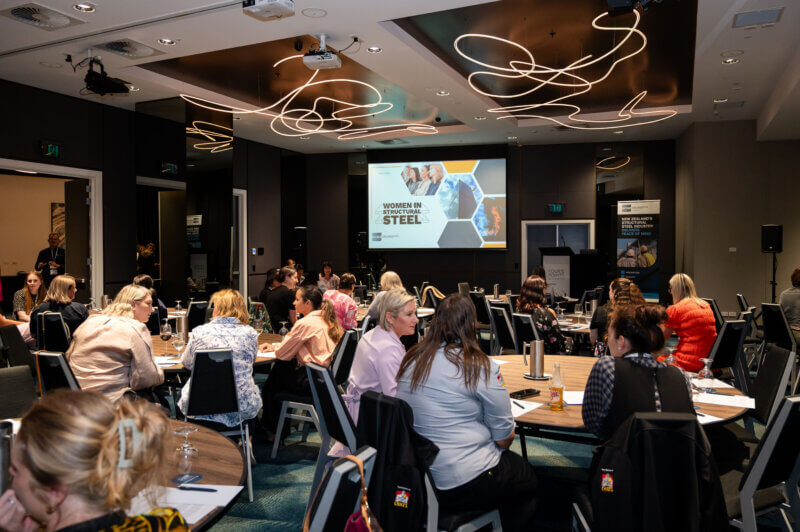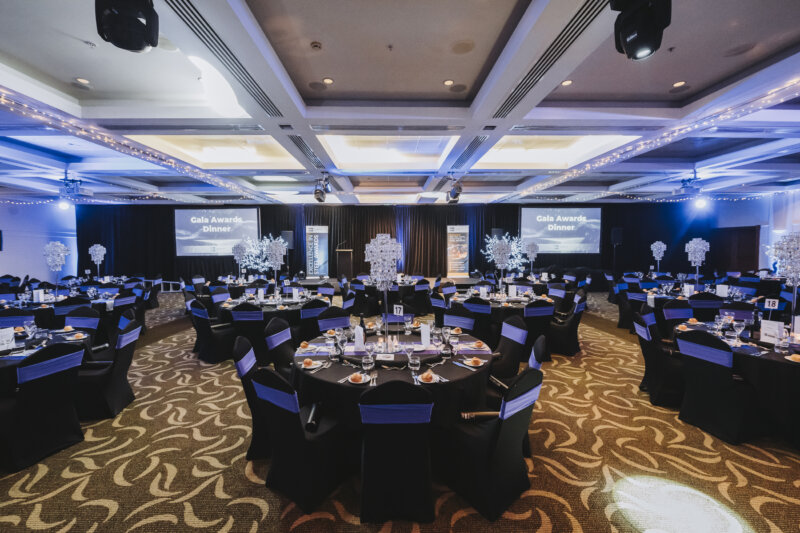Special Report: Spotlight on Canterbury
The National Business Review, April 28, 2017
By Darren O’Riley, Manager, SCNZ
The Canterbury earthquakes forced people to rethink how buildings are constructed, and how they perform in earthquakes and how easy they are to repair. As a result, building owners and developers sought resilient solutions for the rebuild. Ultimately, they want to be confident that, following a major seismic event, occupants are first protected and that the building will be reparable and allow operations to resume as soon as possible.
As a result, there has been a real swing towards structural steel. Prior to the Canterbury earthquakes, structural steel was seldom used in the Christchurch CBD. Those buildings survived largely unscathed – they simply outperformed all other materials in the earthquakes
Indeed, the performance of structural steel during the Canterbury earthquakes of 2010/11 has been a game changer for the material. Steel’s proven ability to withstand seismic loading with little or no structural damage led to the material becoming the preferred solution for buildings in seismically active areas of New Zealand. Today structural steel accounts for approximately 87 percent of Christchurch’s multilevel construction market.
The earthquake and its devastation, both in terms of loss of life, repair costs and time to reoccupy damaged buildings, has led to greater use of low-damage seismic load-resisting systems such as rocking steel-braced frames, buckling restrained braces, moment frames with sliding hinge joints and base isolation solutions.
Structural steel’s uptake in Christchurch is becoming a blueprint for seismically resilient construction throughout New Zealand.
And while the construction sector is creaking at the seams, New Zealand fabricators still have ample capacity to satisfy the high demand for structural steel nationwide and support the Christchurch rebuild through to completion.
Substantial investment in plant and technology over the past 10 years has boosted the local industry’s capacity, efficiency and quality. In fact, a recent survey of New Zealand fabricators shows there is presently 40 percent of spare capacity nationwide.
Structural steel’s assured supply is in stark contrast to other construction materials, which are at times struggling to keep pace with the building boom – sometimes to the detriment of the project. As a result, the cost of steel has remained stable while construction costs elsewhere have escalated because of supply issues.
An assured local supply also means specifiers and procurers needn’t look offshore for prefabricated structural steel and run the risk of introducing non-compliant steelwork to projects.
The current boom in construction activity has seen an increased amount of imported prefabricated steelwork entering New Zealand. However, there have been cases where it has not been easy to prove the steelwork meets the required specification, leading to expensive and time-consuming testing to demonstrate compliance. The upshot is costly project delays.
To combat this, New Zealand fabricators are embracing an industry-led quality assurance scheme, Steel Fabrication Certification (SFC). The scheme provides procurers and specifiers with greater certainty of product quality and significantly reduced compliance risk.
Importantly, SFC raises the bar by providing independent, expert certification of New Zealand fabrication companies. Independent auditing body HERA Certification audits and certifies steel fabricators to ensure they have both the welding and the fabrication quality management systems in place to consistently produce fully compliant steelwork.
Since SFC’s introduction in 2014, 27 fabricators – representing approximately 80 percent of New Zealand’s structural steel output – have already become certified. Certification will soon be mandatory for all Steel Construction New Zealand (SCNZ) fabricator members.
With its focus on quality and innovation, New Zealand’s progressive structural steel industry is well-placed to support the local construction sector going forward.
Rebuild Numbers
- 98 buildings in CBD either complete or under construction
- 68 percent of CBD rebuild predominantly structural steel
- 465,222m2 is total floor area of structural steel buildings
- 87 percent – structural steel’s market share based on floor area
- 25,000 tonnes – estimated weight of structural steel used in the rebuild to date.









